|
Your search criteria found 130 images Target is Jupiter (and available satellites) |
| My List |
Addition Date | Target |
Mission
|
Instrument | Size |

|
1996-01-29 | Ganymede |
Voyager |
VG ISS - Narrow Angle |
2000x2000x3 |
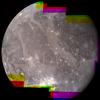
|
|||||

|
1998-06-04 | Ganymede |
Voyager |
VG ISS - Wide Angle |
1024x520x3 |
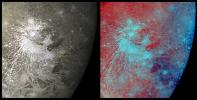
|
|||||

|
1996-07-17 | Ganymede |
Voyager |
VG ISS - Narrow Angle |
300x300x1 |
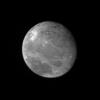
|
|||||

|
1996-07-17 | Ganymede |
Voyager |
VG ISS - Narrow Angle |
300x300x3 |
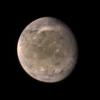
|
|||||

|
1999-03-15 | Ganymede |
Voyager |
VG ISS - Narrow Angle |
600x600x3 |
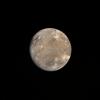
|
|||||

|
1996-07-17 | Ganymede |
Voyager |
VG ISS - Narrow Angle |
460x780x1 |

|
|||||

|
1999-02-06 | Ganymede |
Voyager |
VG ISS - Narrow Angle |
740x730x3 |
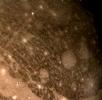
|
|||||

|
1999-02-06 | Ganymede |
Voyager |
VG ISS - Narrow Angle |
816x870x3 |

|
|||||

|
1997-01-09 | Ganymede |
Voyager |
VG ISS - Narrow Angle |
700x500x1 |
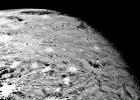
|
|||||

|
1998-10-30 | Jupiter |
Voyager |
2081x1654x3 | |
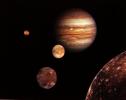
|
|||||

|
1999-03-13 | Ganymede |
Voyager |
VG ISS - Narrow Angle |
830x650x3 |
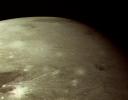
|
|||||

|
1999-03-13 | Ganymede |
Voyager |
VG ISS - Narrow Angle |
875x905x3 |

|
|||||

|
1999-03-13 | Ganymede |
Voyager |
VG ISS - Narrow Angle |
860x901x3 |

|
|||||

|
1999-03-13 | Ganymede |
Voyager |
VG ISS - Narrow Angle |
780x910x3 |

|
|||||

|
1999-06-16 | Ganymede |
Voyager |
VG ISS - Narrow Angle |
800x800x3 |
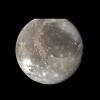
|
|||||

|
1999-07-23 | Ganymede |
Voyager |
VG ISS - Narrow Angle |
100x100x3 |
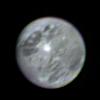
|
|||||

|
2000-01-04 | Ganymede |
Voyager |
VG ISS - Narrow Angle |
795x795x1 |
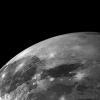
|
|||||

|
2000-03-23 | Ganymede |
Voyager |
VG ISS - Narrow Angle |
794x794x1 |
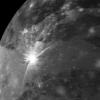
|
|||||

|
2000-05-25 | Ganymede |
Voyager |
VG ISS - Narrow Angle |
796x796x1 |
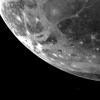
|
|||||

|
2000-05-25 | Ganymede |
Voyager |
VG ISS - Narrow Angle |
796x796x1 |
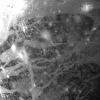
|
|||||

|
2000-05-25 | Ganymede |
Voyager |
VG ISS - Narrow Angle |
1594x797x1 |
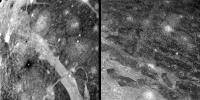
|
|||||

|
2000-05-25 | Ganymede |
Voyager |
VG ISS - Narrow Angle |
786x1722x1 |
|
|
|||||

|
2000-05-25 | Ganymede |
Voyager |
VG ISS - Narrow Angle |
796x799x1 |
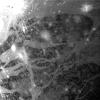
|
|||||

|
2007-04-02 | Jupiter |
New Horizons |
LORRI |
438x263x1 |
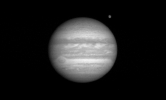
|
|||||

|
2007-04-02 | Jupiter |
New Horizons |
LORRI |
850x512x1 |
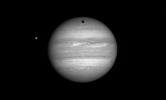
|
|||||

|
2007-04-02 | Jupiter |
New Horizons |
LORRI |
850x512x1 |
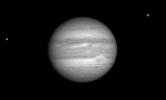
|
|||||

|
2007-04-02 | Jupiter |
New Horizons |
LORRI |
899x596x1 |
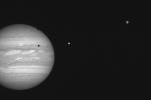
|
|||||

|
2007-04-02 | Jupiter |
New Horizons |
LORRI |
1035x677x1 |
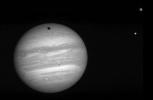
|
|||||

|
2007-04-02 | Ganymede |
New Horizons |
LORRI |
380x380x1 |
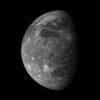
|
|||||

|
2007-05-01 | Jupiter |
New Horizons |
LORRI |
3000x2025x1 |
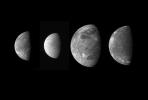
|
|||||

|
2007-05-01 | Ganymede |
New Horizons |
LEISA LORRI |
814x343x3 |
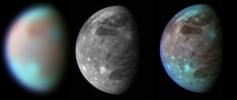
|
|||||

|
2010-07-27 | Jupiter |
New Horizons |
LORRI |
650x650x3 |
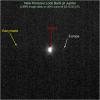
|
|||||

|
2003-05-22 | Jupiter |
Mars Global Surveyor (MGS) |
Mars Orbiter Camera (MOC) |
4655x961x3 |

|
|||||

|
2016-06-24 | Jupiter |
Juno |
JunoCam |
1075x570x3 |
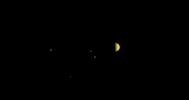
|
|||||

|
2020-07-22 | Ganymede |
Juno |
JIRAM |
1151x1160x3 |

|
|||||

|
2020-07-22 | Ganymede |
Juno |
JIRAM |
2738x592x3 |

|
|||||

|
2021-06-08 | Ganymede |
Juno |
JunoCam |
1625x2524x1 |

|
|||||

|
2021-06-08 | Ganymede |
Juno |
Stellar Reference Unit (SRU) |
512x512x1 |
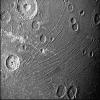
|
|||||

|
2021-08-05 | Ganymede |
Juno |
JIRAM |
8000x8000x3 |
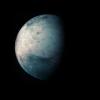
|
|||||

|
2021-08-05 | Ganymede |
Juno |
JIRAM |
4724x4724x3 |
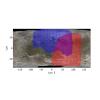
|
|||||

|
2022-12-14 | Ganymede |
Juno |
Jovian Auroral Distributions Experiment (JADE) |
1920x1080x3 |
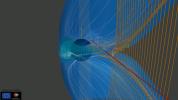
|
|||||

|
2022-12-14 | Ganymede |
Juno |
JunoCam |
3584x2240x3 |
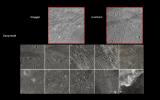
|
|||||

|
2023-07-26 | Jupiter |
Juno |
JunoCam |
2180x1226x3 |
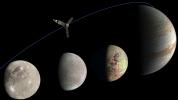
|
|||||

|
2023-10-30 | Ganymede |
Juno |
JIRAM |
6385x3119x3 |
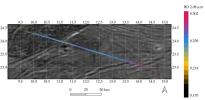
|
|||||

|
2002-05-10 | Ganymede |
Galileo Voyager |
VG Imaging Science Subsystem VG Imaging Science Subsystem - Narrow Angle |
8817x4382x3 |
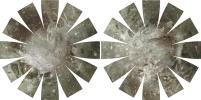
|
|||||

|
2014-02-12 | Ganymede |
Galileo Voyager |
1800x956x3 | |
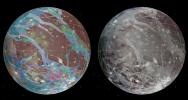
|
|||||

|
2014-02-12 | Ganymede |
Galileo Voyager |
797x754x3 | |
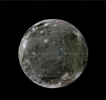
|
|||||

|
1996-06-06 | Ganymede |
Galileo |
Solid-State Imaging |
825x825x1 |

|
|||||

|
1997-09-07 | Ganymede |
Galileo |
Solid-State Imaging |
526x797x1 |

|
|||||

|
1997-09-07 | Ganymede |
Galileo |
Solid-State Imaging |
1105x798x1 |
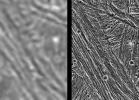
|
|||||

|
1997-09-07 | Ganymede |
Galileo |
Solid-State Imaging |
640x480x1 |
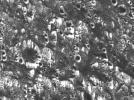
|
|||||

|
1997-09-07 | Ganymede |
Galileo |
Solid-State Imaging |
574x798x1 |

|
|||||

|
1997-09-07 | Ganymede |
Galileo |
Solid-State Imaging |
544x796x1 |

|
|||||

|
1997-09-07 | Ganymede |
Galileo |
Solid-State Imaging |
1443x1656x1 |

|
|||||

|
1997-09-07 | Ganymede |
Galileo |
Solid-State Imaging |
2470x2110x1 |
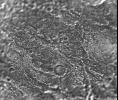
|
|||||

|
1997-09-07 | Ganymede |
Galileo |
Solid-State Imaging |
1665x1882x1 |

|
|||||

|
1997-11-18 | Ganymede |
Galileo |
Solid-State Imaging |
400x400x1 |
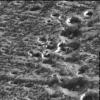
|
|||||

|
1997-11-18 | Ganymede |
Galileo |
Solid-State Imaging |
560x905x1 |

|
|||||

|
1997-11-18 | Ganymede |
Galileo |
Solid-State Imaging |
1920x1080x3 |
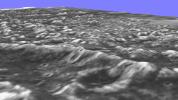
|
|||||

|
1998-03-26 | Ganymede |
Galileo |
Near Infrared Mapping Spectrometer |
1950x1500x3 |
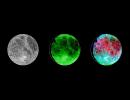
|
|||||

|
1997-12-16 | Ganymede |
Galileo |
2667x2000x3 | |
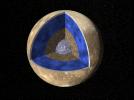
|
|||||

|
1997-11-18 | Ganymede |
Galileo |
Solid-State Imaging |
1920x1080x3 |
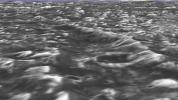
|
|||||

|
1997-09-07 | Ganymede |
Galileo |
Solid-State Imaging |
1200x800x1 |
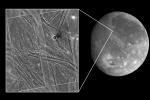
|
|||||

|
1997-09-07 | Ganymede |
Galileo |
Solid-State Imaging |
1200x800x1 |
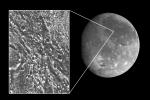
|
|||||

|
1997-09-07 | Ganymede |
Galileo |
Solid-State Imaging |
1097x885x1 |
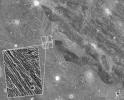
|
|||||

|
1997-09-07 | Ganymede |
Galileo |
Solid-State Imaging |
800x800x1 |
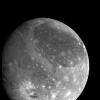
|
|||||

|
1997-09-07 | Ganymede |
Galileo |
Solid-State Imaging |
580x360x1 |
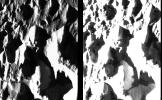
|
|||||

|
1998-08-03 | Ganymede |
Galileo |
Solid-State Imaging |
800x800x3 |
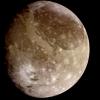
|
|||||

|
1997-09-07 | Ganymede |
Galileo |
Solid-State Imaging |
523x764x1 |

|
|||||

|
1998-03-26 | Ganymede |
Galileo |
Near Infrared Mapping Spectrometer |
1143x635x3 |
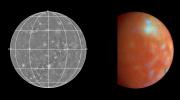
|
|||||

|
1998-03-26 | Ganymede |
Galileo |
Near Infrared Mapping Spectrometer |
1588x762x3 |
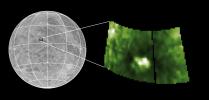
|
|||||

|
1998-03-26 | Ganymede |
Galileo |
Near Infrared Mapping Spectrometer |
445x525x1 |

|
|||||

|
1997-11-18 | Ganymede |
Galileo |
Solid-State Imaging |
321x260x1 |
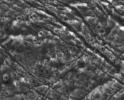
|
|||||

|
1997-11-18 | Ganymede |
Galileo |
Solid-State Imaging |
519x520x1 |
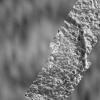
|
|||||

|
1997-11-18 | Ganymede |
Galileo |
Solid-State Imaging |
411x431x1 |

|
|||||

|
1997-11-18 | Ganymede |
Galileo |
Solid-State Imaging |
245x203x1 |
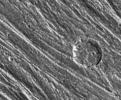
|
|||||

|
1997-11-18 | Ganymede |
Galileo |
Solid-State Imaging |
430x370x1 |
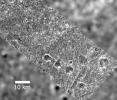
|
|||||

|
1997-11-18 | Ganymede |
Galileo |
Solid-State Imaging |
382x341x1 |
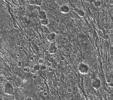
|
|||||

|
1997-11-18 | Ganymede |
Galileo |
Solid-State Imaging |
357x283x1 |
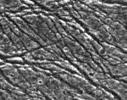
|
|||||

|
2000-08-03 | Ganymede |
Galileo |
Solid-State Imaging |
2133x1600x3 |
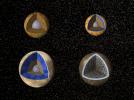
|
|||||

|
1997-11-20 | Ganymede |
Galileo |
Solid-State Imaging |
648x471x1 |
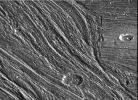
|
|||||

|
1997-11-21 | Ganymede |
Galileo |
Solid-State Imaging |
648x531x1 |
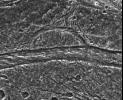
|
|||||

|
1997-11-24 | Ganymede |
Galileo |
Solid-State Imaging |
648x460x1 |
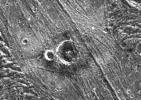
|
|||||

|
1997-11-25 | Ganymede |
Galileo |
Solid-State Imaging |
400x278x1 |
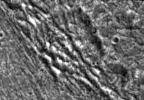
|
|||||

|
1997-11-26 | Ganymede |
Galileo |
Solid-State Imaging |
620x540x1 |
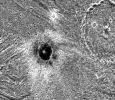
|
|||||

|
1997-12-01 | Ganymede |
Galileo |
Solid-State Imaging |
720x379x1 |
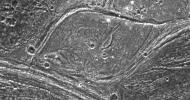
|
|||||

|
1998-01-21 | Ganymede |
Galileo |
Photopolarimeter-Radiometer |
988x1330x3 |

|
|||||

|
1998-01-21 | Ganymede |
Galileo |
Photopolarimeter-Radiometer |
988x1233x3 |

|
|||||

|
1998-04-02 | Ganymede |
Galileo |
Photopolarimeter-Radiometer |
432x540x3 |

|
|||||

|
1998-07-15 | Ganymede |
Galileo |
Solid-State Imaging |
790x1413x1 |

|
|||||

|
1998-07-15 | Ganymede |
Galileo |
Solid-State Imaging |
392x398x1 |

|
|||||

|
1998-07-15 | Ganymede |
Galileo |
Solid-State Imaging |
707x1049x1 |

|
|||||

|
1998-07-15 | Ganymede |
Galileo |
Solid-State Imaging |
813x753x1 |
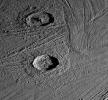
|
|||||

|
1998-07-15 | Ganymede |
Galileo |
Solid-State Imaging |
392x398x1 |

|
|||||

|
1998-07-15 | Ganymede |
Galileo |
Solid-State Imaging |
692x480x3 |
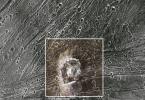
|
|||||

|
1998-07-15 | Ganymede |
Galileo |
Solid-State Imaging |
615x519x1 |
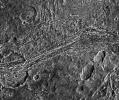
|
|||||

|
1998-07-15 | Ganymede |
Galileo |
Solid-State Imaging |
800x798x1 |
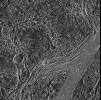
|
|||||

|
1998-07-15 | Ganymede |
Galileo |
Solid-State Imaging |
531x361x1 |
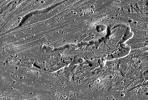
|
|||||

|
1998-07-15 | Ganymede |
Galileo |
Solid-State Imaging |
949x559x1 |
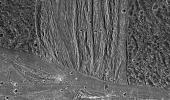
|
|||||

|
1998-07-15 | Ganymede |
Galileo |
Solid-State Imaging |
506x360x1 |
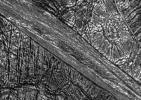
|
|||||
 |
 |

|
|
| 1-100 | 101-200 |
| Currently displaying images: 1 - 100 of 130 |